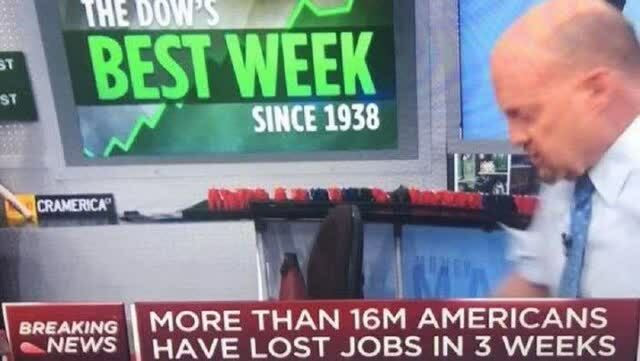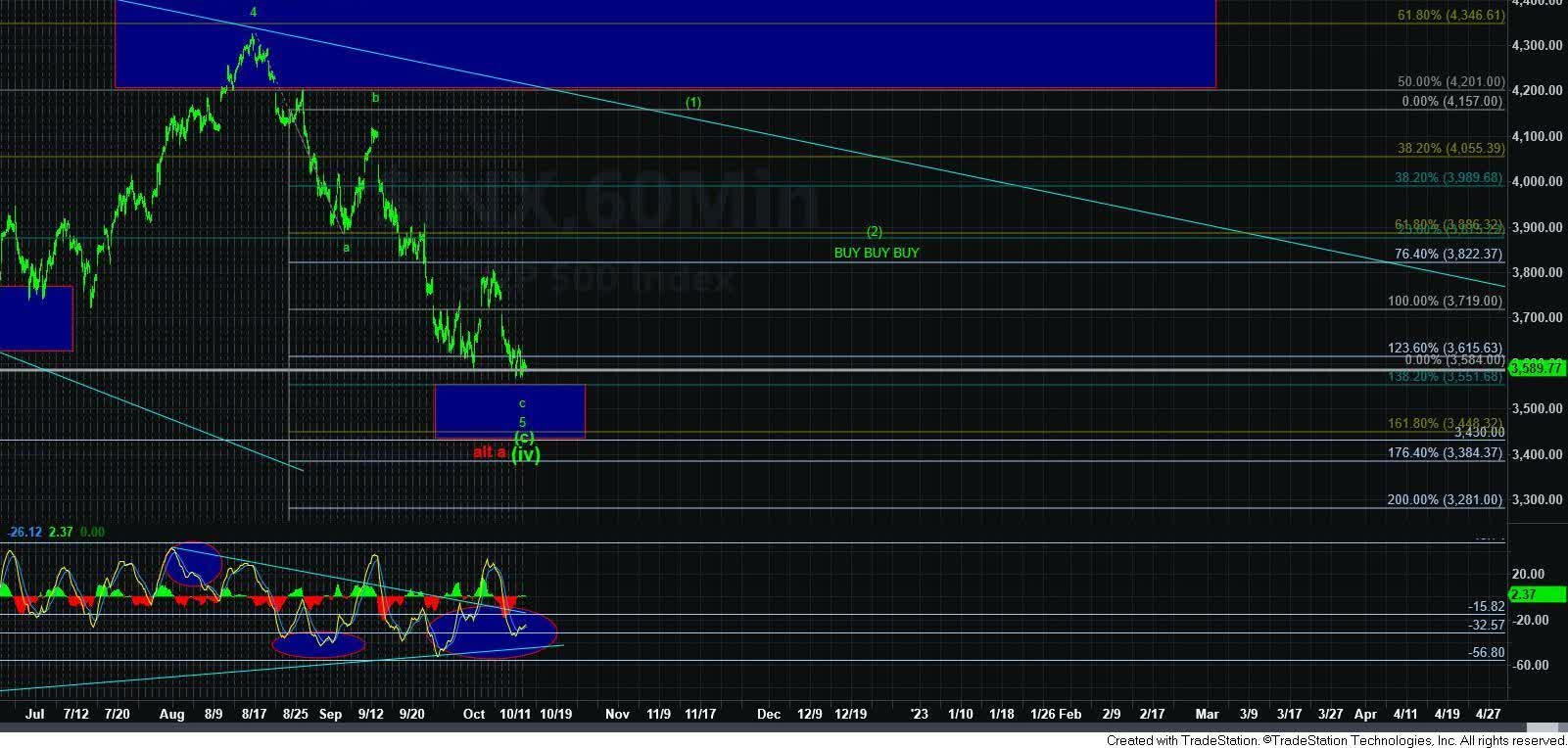When I hear analysts and investors claim that “the market got it wrong” after a market move, it just makes me chuckle. This is probably extreme ego and hubris on display. Price is the market. And, if your perspective does not comport with price action, then it is YOU that is wrong and not the market. How one can view themselves as right and the market as wrong is simply beyond my comprehension.
And, we really do not have to look far to see this has become a common theme during this rally off the October 2022 lows. While most analysts and investors were shocked when we began a 20% rally off a much worse-than-expected CPI report on October 13, they have been fighting this rally all the way up with claims that the market simply has it wrong.
I will not quote the numerous analysts that continue to call for a market decline week after week, as it would be simply too embarrassing to publicly outline how they really do not understand how the market works. But, here is a typical quote from a comment on one of those articles:
The point the markets are missing is that Jerome won't relent until he gets what he wants. Living in denial that the markets should keep on giving because you've ordained it in your mind, flies in the face of reality.
Unfortunately, this commenter as well as too many investors and analysts are seemingly living in their own minds when they attempt to fight price action. You must accept this premise: Price action IS reality. PERIOD! To believe otherwise suggests you are approaching the market wearing a blindfold.
And, then I saw others that are bullish and arguing with the bears claiming that the market is “forward-looking”. I am sorry if I am calling bull on this perspective as well (yes, pun intended). Have you ever really considered the underlying assumption supporting the premise that the market is “forward-looking”? To claim that the market is “forward-looking” is simply to claim that the market is omniscient or clairvoyant and knows the future. That is absolutely ridiculous.
Rather, what you are seeing is that the market is driven by sentiment (and so are fundamentals). And, when the market sentiment turns positive, what is the easiest and fastest way for people to act upon that move to positive sentiment? Yes, it is to buy stocks and the market. This causes the market to turn quite immediately, as compared to how long it takes for such positive sentiment to work its way into fundamental reports.
That is why everyone believes the stock market leads the economy and why the market will always signal the end of a recession well before we see it in the fundamentals. Isn’t this a much more reasonable perspective as to why the market leads as compared to it being clairvoyant, omniscient, or "forward-looking"?
Think about it. The market bottomed on a worse-than-expected CPI report on October 12, 2022. So, while I hear many now present us with histrionics that claim it was clear that inflation was going to come down at that time and that is why the market turned because it knew it, this is simply not factual as almost everyone was looking much lower after that report, and, as I noted above, the market is not clairvoyant.
Instead, what happened was that bearishness finally hit an extreme. There was only one way left for the market to go when we reach a bearish extreme, and that is up. As Alan Greenspan once appropriately noted:
“It's only when the markets are perceived to have exhausted themselves on the downside that they turn."
That is exactly what happened in 2009, and it is also what happened in 2020. Remember this picture from Jim Cramer during a period of record layoffs, country-wide lockdowns, and economic woes, yet the market was involved in one of the strongest rallies in history.

So, it has nothing to do with being forward-looking, or the Fed (as it was continually raising rates during this rally), or the substance of economic reports. It is simply that when the market reaches a bullish or bearish extreme, it turns.
While there may be a catalyst that seems to trigger the move, the move was already coming once we reach an extreme. That is why the substance of that catalyst can be the exact opposite of what we would normally expect. And, that is how we reasonably explain the low struck on a worse-than-expected CPI report on October 13, which began a 20% rally. In fact, our recognition of this principle is what had us expecting a low when we struck it on October 13, with an initial rally pointing us to the 4100 SPX region, as you can see from this chart, provided on October 12.

So, please stop buying into all these common fallacies about what moves markets and stop looking to the substance of economic reports to tell you which way the market is going to go. Those following the reports were caught looking down when the market bottomed in October and looking up when the market began its pullback in December (after a better-than-expected PPI report).
Following the market is much simpler than you can imagine. When we get too bullish, we create a top. When we get too bearish, we create a bottom. It is now a matter of finding the best tool to identify those extremes. We use Elliott Wave analysis for this determination, and while it is not perfect, we certainly catch most of the market turns provided to us by Mr. Market.
So, this leads me to outline my expectations for another near-term market turn. When the market broke a smaller degree of support almost two weeks ago, I warned that we will likely see a lot of whipsaw action in the near term, with the potential to drop back down to the 4000 SPX region. And, I outlined this perspective without the need for knowing what the Fed was going to do, or what the economic reports were going to present. We hit a near-term extreme at the 4195 SPX level to which I was pointing several weeks ago, and the market is now reacting to us striking that extreme.
Interestingly, with all the machinations we experienced this past week, the market ended up basically flat, as it closed down less than 1/3 of one percent for the week.
I will try to keep this very simple this week. As long as we hold over the 3980-4025 SPX support, my expectation is for a rally to at least the 4229 regions, but with a more ideal target in the 4291-4328 SPX region over the coming weeks.
This brings me to the point of the title of the article. Should we break down below 3980 SPX, which opens the door to a return to the 3700/3800 SPX region?
In fact, even if we do reach my ideal target zone noted above, I still expect us to likely return to the 3800 SPX region over the coming months. You see, the nature of the structure we have developed off the December low suggests that once this rally off that low completes, then we will likely drop quite strongly toward the December low again. And, the nature of that decline will likely tell us if the market is going to rally further into 2023, or if we are going to break down to the 2700/2900 SPX region, as I explained last week.
So, I will wait until we see how we return down to the 3800 SPX region to make determinations as to how the rest of 2023 is going to take shape.
